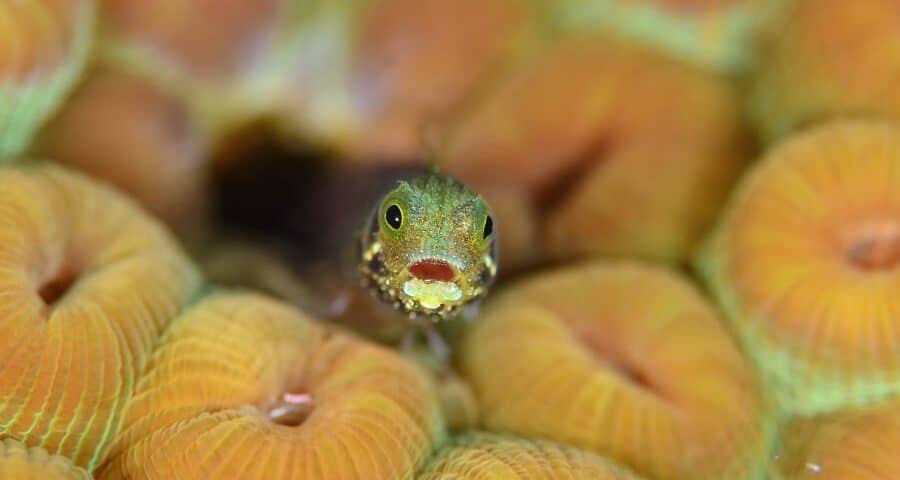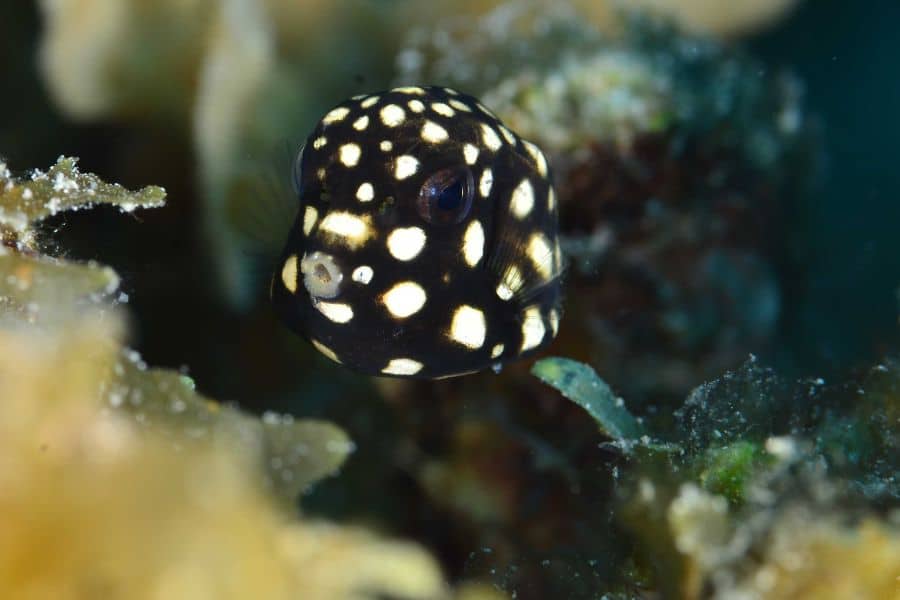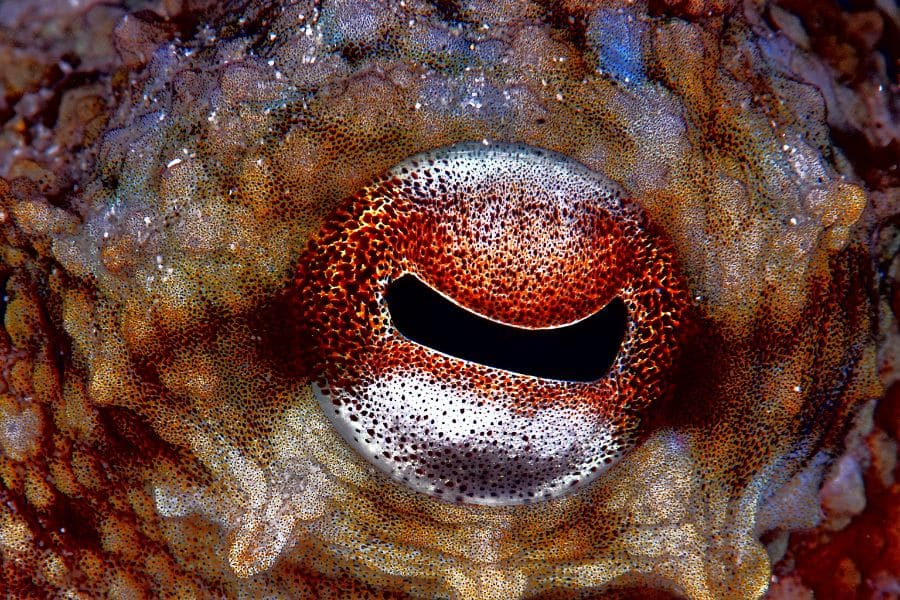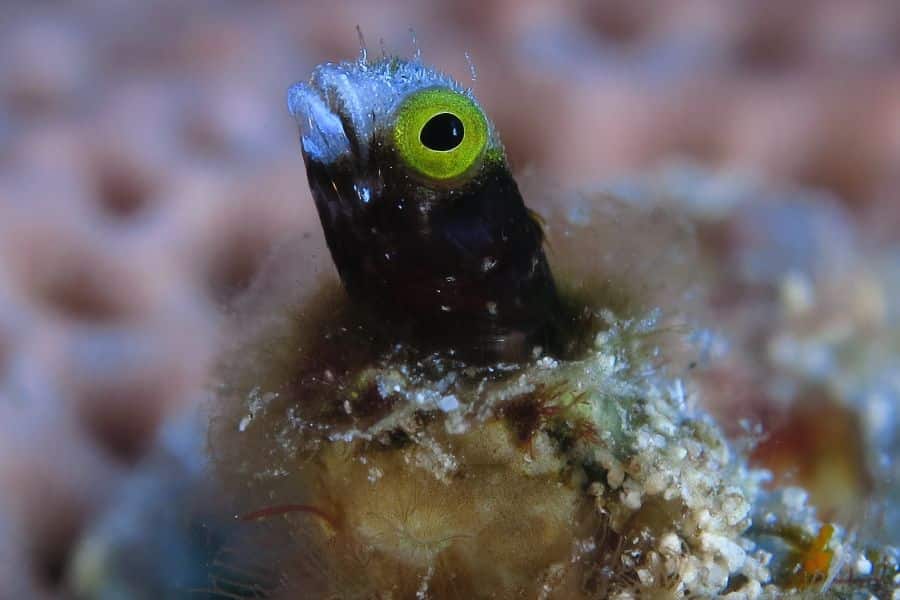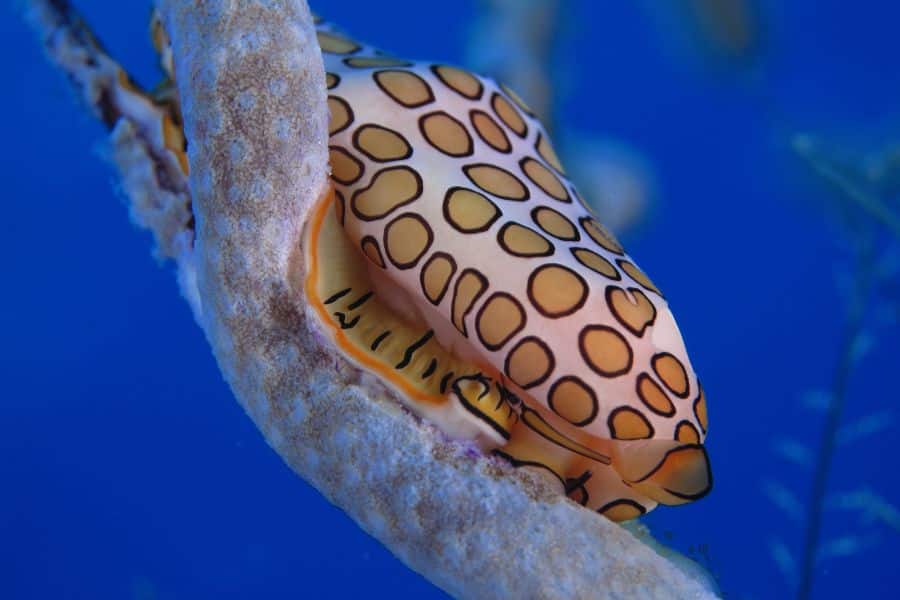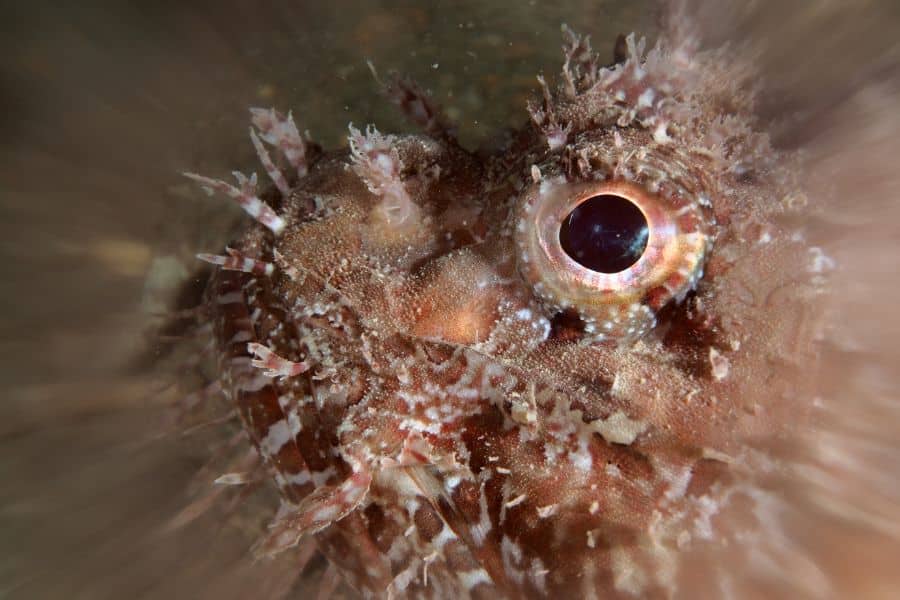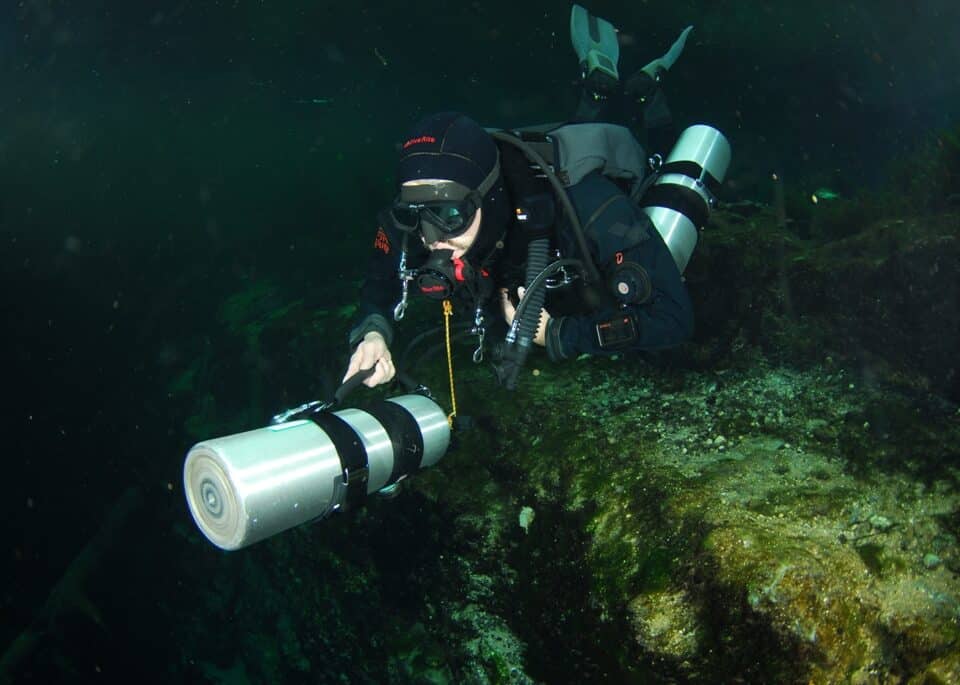3. Underwater Macro Photography Techniques
3.1. Focus And Depth of Field for Your Macro Photos
Underwater macro photography allows you to showcase the underwater world in detail, capturing the beauty of the ocean’s small inhabitants. But how do you make your macro shots truly impactful? Here are some tips!
Get closer, then get even closer: Forget about shyness. In underwater macro shooting, the closer you are to the subject, the better. Fill the frame with your subject to eliminate distractions and highlight its beauty.
Manual focus is your best ally: Precision is key for a good underwater macro shoot. I recommend using manual focus to ensure that the focus point is exactly where you want it. Zoom in on your camera’s screen to verify that the focus is perfect.
For moving subjects choose tracking focus: Is your target a blenny opening and closing its mouth or a shrimp moving around an anemone? Some underwater cameras have a tracking focus mode that will help you focus on moving subjects.
Parallelism: For perfect focus, position the subject parallel to the lens. Positioning yourself slightly below and focusing on the eyes will help you achieve this.
Depth of field: Depth of field (DOF) is the area of the photo that is in focus. In underwater macro photography, the background is usually blurred, creating an effect that highlights the subject.
The closer you get, the shallower the depth of field. Adjust the aperture setting to control the blur and achieve the desired effect. But don’t be afraid to experiment: a reduced DOF can also be a creative tool. Experiment with different apertures to separate the subject from the background and give it more prominence.
Aperture is a matter of balance: There is no perfect aperture in underwater macro photography. A large aperture will blur the background, while a small one will give you more depth of field. Experiment to find the ideal balance.
3.2. Underwater Lighting Techniques for Macro Photography
Light is the soul of photography. In underwater macro photography, it’s even more crucial.
Master the techniques of underwater lighting photography. Learn methods like flash placement to avoid particles and achieve proper exposure. Experiment and find your style! The article ” The Art of Underwater Cave Photography” can be helpful.
The histogram is your ally: Use it to analyze the light in your underwater macro image and correct any poorly lit areas on the spot. Don’t underestimate its power!
Adjust exposure: Underwater lighting is complex. Don’t hesitate to experiment until you find the perfect exposure. Patience is key!
Illuminate a captivating background: Get close to your subject and shoot from below or at eye level. An appealing background will add depth and contrast to your photos. Play with perspective!
Play with strobe lights. Light and shadow are powerful tools to isolate the subject in your underwater macro photography. Tilt the flashes to illuminate only the subject and create a dramatic effect, directing the viewer’s attention. The subject’s own shadow can help isolate it from the background. Use a side strobe light to create a framing shadow around the subject. Add a touch of creativity!
A magical light beam: A snoot concentrates light into a narrow beam, perfect for illuminating the subject and softening the background. Make your subject stand out!




